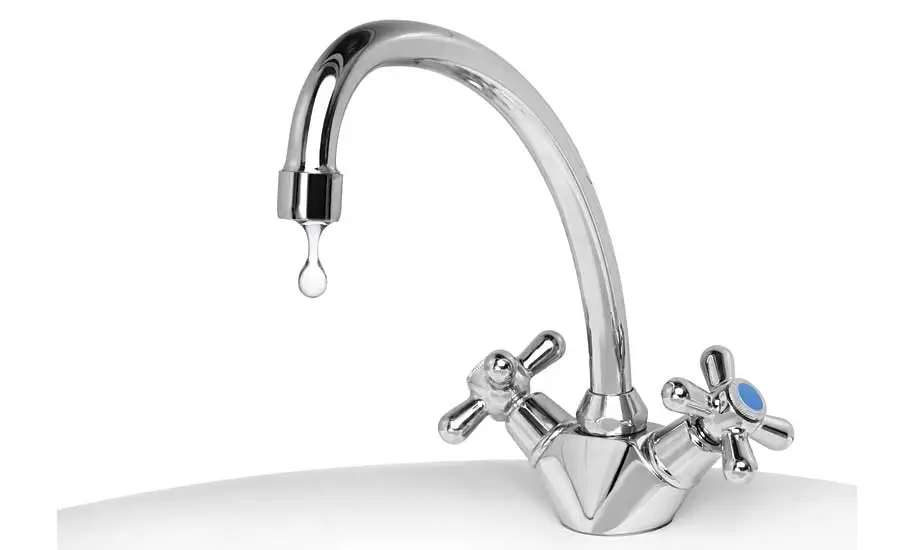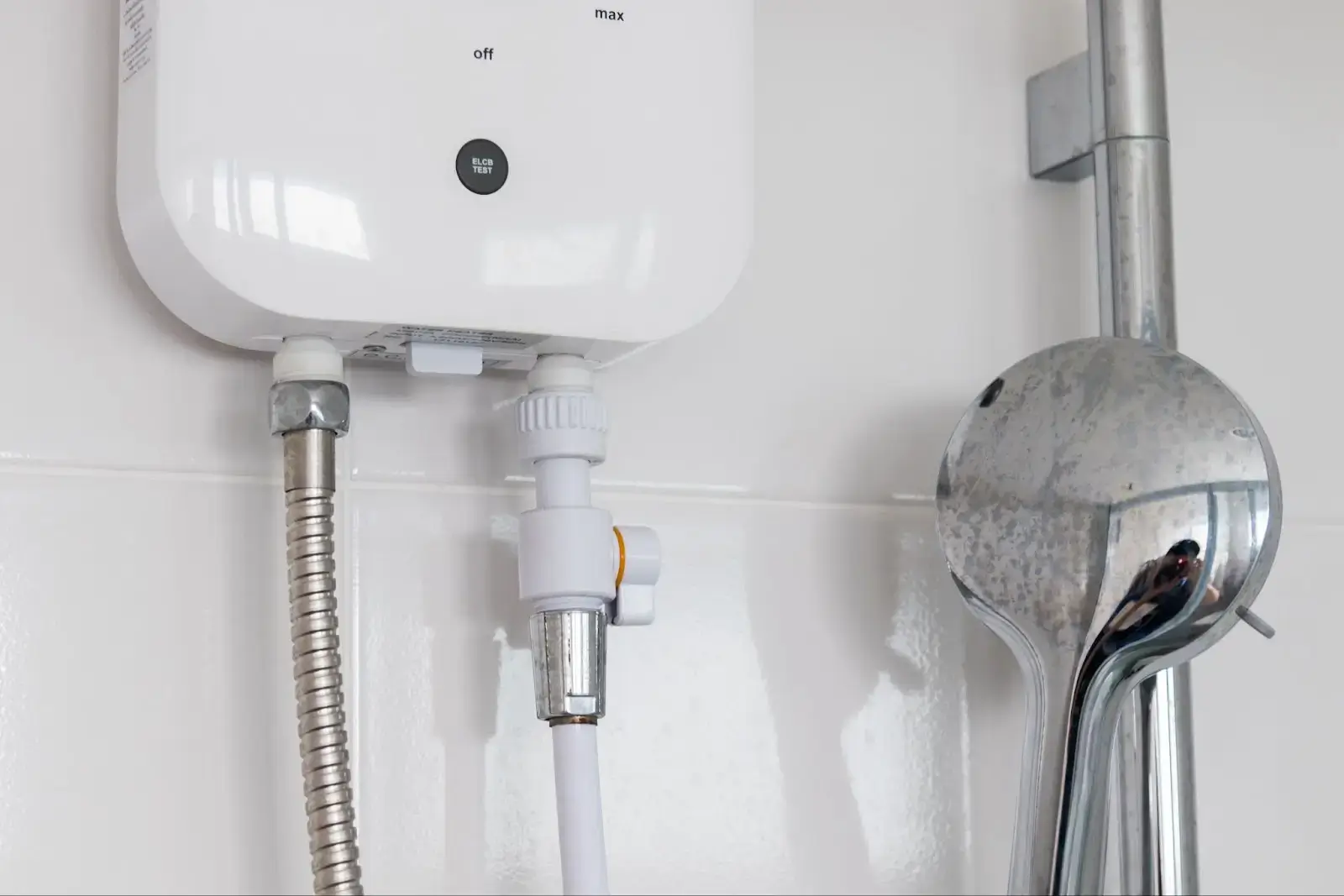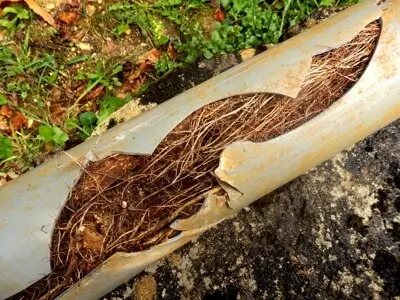There's nothing worse than going to take a nice hot shower only to be greeted by a sad, trickling stream from the showerhead. Or firing up the kitchen sink and wondering if you've time-warped back to the 19th century with that weak dribble coming out. Low water pressure is the worst kind of modern-day buzzkill.
One minute, you're happily enjoying all the conveniences of indoor plumbing and water on demand. The next, you may as well be roughing it like a pioneer out on the Oregon Trail. Suddenly simple tasks like washing dishes or flushing a toilet become a big ol' struggle when the water pressure decides to pull a Houdini disappearing act on you.
Before you start stocking up on buckets and longing for the good ol' days of hauling water from the well, let's troubleshoot what could be behind your home's sudden loss of water pressure. From leaks to clogs and everything in between, there are actually quite a few potential culprits that could be choking off that sweet, sweet liquid flow. With some basic investigation and know-how, you may just be able to get that water pressure back up to full blast again in no time.

Identifying the Cause
The first step in solving any household malfunction is to play amateur detective and get to the bottom of what's actually causing the issue. When it comes to plummeting water pressure, there are a few likely suspects that tend to be the flow-choking culprits. Let's go over the main ones to investigate:
Leak Patrol
Leaks, even small ones, are like silent little water pressure vampires. All that escaping liquid means there's less available to come blasting out of your fixtures and appliances. Do a slow walkthrough of any visible pipes and plumbing connections, keeping an eagle eye out for any drips, moisture, or signs of water damage that could indicate a leak.
If you don't spot anything obvious, you can also do a sneaky water meter test. Take a reading, avoid using any water for an hour or two, then check again. If the meter has moved, you've got a leak lurking somewhere behind walls or underground that needs professional help.
Supply Line Scene
Sometimes the water pressure issue can be traced right back to the main supply line that pumps water into your home. Start by ensuring the main shutoff valve to your house is fully in the open position and not partially closed or stuck. While you're at it, give that supply line a once-over to check for any visible clogs, kinks, or obstructions that could be restricting flow.
Regulator Rundown
If your home has a water pressure regulator installed (usually located near the main supply line), that could be the sneaky culprit behind your flow frustrations. Regulators are meant to ensure your water pressure stays within a safe range, but they can fail or get stuck at too low of a setting. Pop off the regulator cover and give it a visual inspection for any damage or debris buildup. If it seems out of whack, you may need to adjust or replace it.
Once you've eliminated any obvious leak situations and ruled out supply line shenanigans, it's time to take a look at some of the other quick fixes that could potentially restore your water pressure. Who knows, maybe it's just a simple clog or buildup causing the problem! Keep reading to find out...
Quick Fixes
Alright, you've checked for leaks and issues with the main supply line, but still can't find what's behind your home's sad trickle of water pressure. Don't lose hope yet! There are some relatively straightforward DIY tactics worth trying before calling a plumber for backup.
Get Those Aerators Clean
You know those little mesh screens on the ends of faucets and showerheads? They may look harmless, but those sneaky aerators can become serious flow-blockers if mineral buildup gets out of control. Unscrew them all and let them take a nice long soak in some vinegar to help dissolve any crusty gunk buildup. A light scrub with an old toothbrush can work wonders too.
Once they're all shiny and clear again, screw those aerators back on and see if giving your fixtures a breath of new life makes a difference. If not, time to move on to the next quick fix!
Flush That Water Heater
We've all been there - gradually losing water pressure over time as sediment builds up in that big ol' water heater tank. Most manufacturers recommend periodically draining and flushing out the tank to clear out any gunky sediment that's gathered.
Check your model's instructions, but it usually involves carefully running a hose from the drain valve to purge all that nasty buildup. Just be careful when draining hot water to avoid any accidental scalding situations.
Hose Swap
While you're on a home appliance checking spree, don't forget to inspect all those humble hoses running to things like washing machines, dishwashers, fridges with water dispensers and so on. It's crazy how easily those flexible hoses can get kinked up, cracked or just plain worn out over time.
Do yourself a favor and swap out any iffy-looking hoses for some fresh new ones. Having a nice clear line could be all it takes to get that water pressure back to full blast. Simple solution, big impact!
If you've diligently worked through all those quick fix options and your water pressure still isn't cooperating, it may be time to bite the bullet. Some bigger repair work by a professional plumber may be needed to get that flow back up to snuff.
Professional Solutions
Alright, so you've tried all the usual DIY tricks like cleaning out aerators, flushing the water heater, and replacing sketchy old hoses, but your water pressure still has all the force of a weak garden hose trickle. When simple home remedies fail to fix that low flow, it's probably time to bite the bullet and call in the real plumbing pros for backup.
Bring In the Water Pressure Whisperers
Look, as much as we all like to think we can amateur sleuthing our way through any household malfunction, some plumbing problems are just too complex for the DIY route. Persistent low pressure could be stemming from all kinds of hidden issues like corroded pipes, slab leaks, municipal water supply problems, and more.
That's when you'll want to quit playing home handyman and get an experienced, licensed plumber on the case instead. These trained experts have the proper diagnostic tools and skills to quickly track down the underlying reasons for your dwindling water pressure. They can assess your entire system and identify any repairs or upgrades needed to get that flow fully restored.
Time for a Repiping Reno
One potential culprit that's nearly impossible for DIYers to remedy is just plain old, outdated piping materials. If your home's plumbing is made up of galvanized steel, polybutylene, or other pipe types prone to corrosion and mineral buildup over decades, it could be severely restricting water flow no matter what quick fixes you try.
While not a small undertaking, repiping your home by replacing all those old, cruddy pipes with new copper or PEX tubing can work wonders for reviving lousy water pressure. Think of it as an full-body overhaul for your plumbing to bring it up to modern water demand standards.
Boost That Pressure Through the Roof
For really stubborn low pressure cases where your home's water supply just can't seem to keep up, sometimes you gotta take an "if you can't beat 'em, join 'em" approach. The solution may be installing a pressure booster system to, well, give that sad trickle a big ol' boost!
These inline pump setups use sensors to detect low pressure and automatically kick into gear to amplify the water flow. They can be a worthwhile investment if you're constantly battling dribbling showers and trickling sinks no matter what. Just know that booster systems need professional installation and some added maintenance to keep them humming.
If you've already been through the DIY wringer and your water pressure still has all the power of a gnat's sneeze, it's probably time to call in those big plumbing guns. An expert set of eyes and tools can diagnose and fix even the trickiest of flow issues. But before we wrap things up, let's cover a few preventative tricks to (hopefully) avoid these low pressure headaches in the first place...
Preventive Measures
They say an ounce of prevention is worth a pound of cure, and that saying definitely applies to avoiding water pressure headaches. While some issues may be unavoidable over time, there are some simple preventative steps you can take to help keep those pipes happily pumping at full blast.
Stay On Top of Maintenance
Out of sight, out of mind - that's the pitfall many homeowners fall into when it comes to their plumbing system. You can't just install it and ignore it forever, though! Pencil in some regular maintenance like:
- Inspecting visible pipes and fixtures for any leaks, damage or buildup at least once a year
- Flushing the water heater annually to clear out sediment
- Checking shutoff valves to ensure they're not getting stuck or corroded
A little routine care can go a long way in catching small issues before they snowball into major pressure-killing clogs or failures.
Soften That H2O
If you live in an area with extremely hard water that's high in mineral content, installing a water softener system can work wonders. Those harsh mineral deposits are what lead to gunky buildup in pipes and fixtures that chokes off water flow over time.
A quality softener filters out all that rock-hard stuff before it ever reaches your plumbing, leaving you with luxuriously soft water. It's like giving your entire plumbing system a spa day! Less buildup means better long-term pressure and efficiency.
Insulate for Protection
Frozen pipes are another common culprit behind major pressure loss and water damage situations. If you have exposed plumbing running through unheated areas like crawlspaces, attics or exterior walls, do yourself a favor and insulate!
Even just wrapping those pipes with some affordable foam insulation can provide a huge buffer against frigid temps. It'll help maintain steady water pressure all winter and prevent those pipes from becoming ice floes waiting to burst.
At the end of the day, a little preventative plumbing TLC goes a long way towards avoiding rude water pressure awakenings. But if you do find yourself suddenly staring down that weak, unsatisfying trickle despite your best efforts, you've now got all the troubleshooting knowledge to help get that flow back on track!
The Flow Must Go On
Well, there you have it folks - a full gameplan for attacking sudden water pressure drops and restoring that gloriously gushing flow. From quick DIY fixes to more heavy-duty professional solutions, we've covered all the bases for getting to the bottom of your dribbling dilemma.
At the end of the day, low water pressure is just one of those modern inconveniences that can really cramp your lifestyle. Why put up with underwhelming showers, toilets that barely flush, and kitchen sinks that move at a glacial pace? Life's too short for trickle torture.
If the basic troubleshooting tips here didn't quite do the trick, it's probably time to call in the professionals at Sunset Heating, Plumbing & Electrical. Our team of pipe whisperers has seen and repaired it all when it comes to water pressure problems. Don't resign yourself to a life of dribbles - let us restore that full-blast flow you deserve! Dial (503) 500-5866 today to schedule service.






